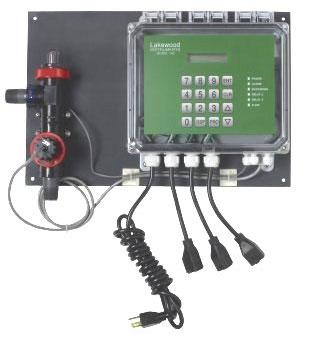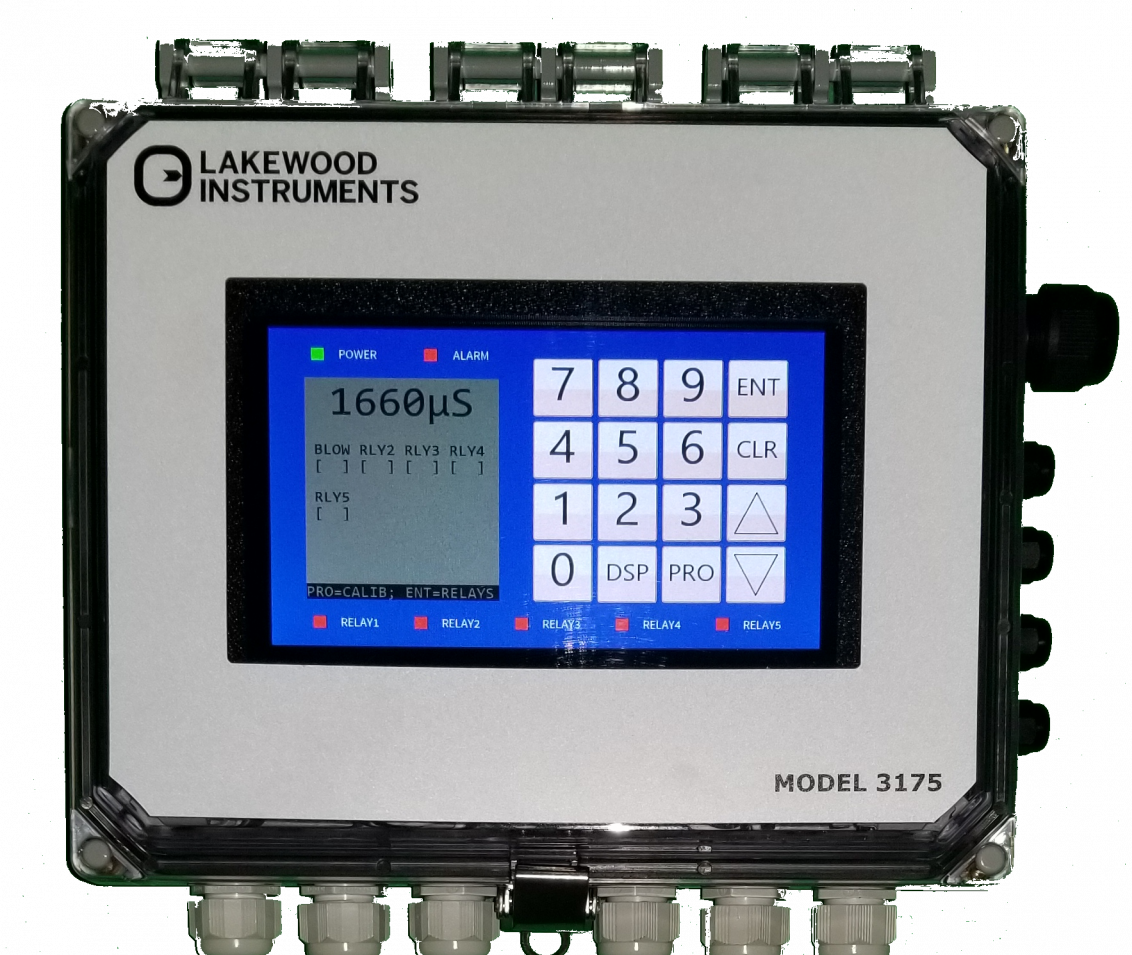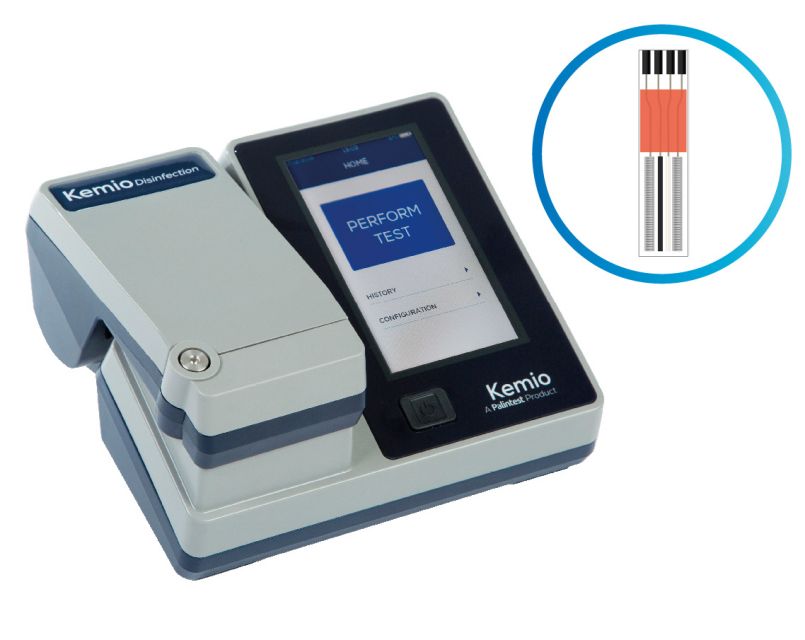Stories about gas chlorination in power plants
January 04, 2017 0 Comments

Cooling water towers, especially during higher temperatures, are susceptible to the growth of algae and slime. For cooling water, there are three possible application points for chlorination - intake water, circulating water and service water.
All cooling water applications require control of bacteria, algae and slime, microbiological influenced corrosion (MIC), biofouling, and fouled heat-exchange surfaces. In salt or brackish water systems, particularly marine environments, it’s wise to chlorinate ahead of the cooling water intake screens to help control mollusks, barnacles and sponges. Freshwater cooling circuits can take advantage of short contact times; and the point of application can be close to the condenser water tubes.

Paul, the planner at the Scherer Generating Plant in Juliet, Ga. - the largest coal-fired power plant under one roof in the world - explains, “Chlorination is more demanding in the summertime than in winter. The amount of chlorine gas we use depends on the temperatures.”
In order for the heat transfer process to operate at maximum efficiency, heat exchange surfaces must be free of algae and slime. Otherwise, the efficiency of the cooling system will be severely impaired.
Wood explains, “We use service water and circulating water. Algae buildup was the reason we decided to chlorinate. The tunnel sizes in the condensers are so small, that algae build up was a problem. You can’t operate with algae in the tunnels.”
There are two ways to operate a chlorination system in a cooling water application - continuous operation or intermittent shock treatment. The manner of chlorine feed depends on the system. The two most important factors are that sufficient chlorine is administered to obtain the necessary residual, and that the necessary residual is maintained for the required contact time. For some cooling towers, two chlorination cycles a day is sufficient.
“We use shock treatment to control our algae buildup,” says Jesse, laboratory team leader at the Scherer plant, “We use one to 1.5 parts per million (ppm) for our potable water, one part per million or less for our clarifier, and 0.5 ppm for our cooling tower.”
Other Examples
Intermittent shock treatment dosages, however, have been reported by other power generating plants at as much as 3-8 ppm if needed. As a rule of thumb, the length of the chlorination cycle should be at least long enough to maintain the desired chlorine residual for one complete turnover of water.
In the continuous chlorination method, 1-3 ppm is commonly reported. The Georgia Power Plant in Milledgeville, Ga., is one such plant that uses the continuous chlorination method.
Paul, senior laboratory technician there stated, “We use an automatic switchover chlorinator for our clarifier and sanitary water chlorination system. We keep the clarifier feed rate at 8-10 pounds per day for a residual of 0.4-1.0 ppm and the sanitary feed rate at 1.5-3 pounds per day for a residual of 0.8-1.3 ppm.”
The plant has an even greater sense of security during its night shift ever since it starting using the switchover unit.
Middlebrooks said, “Both the clarifier and sanitary systems pull off one 150-pound cylinder of gas chlorine with another cylinder in stand-by, ready to automatically swap over if the primary tank goes empty. Prior to our plant using the switchover, each system pulled off its own cylinder with the potential to run empty when the treatment plant wasn’t staffed at night. Now, with the switchover unit, we never have the possibility of running empty.”
In some cooling tower applications, just a visual check for algae is all that’s necessary.
Xcel Energy in Earth, Texas, has been using gas chlorination for 23 years. Michael, chemical technologist “A” at Xcel’s Tolk Station says, “We manually set our gas chlorine flow to 750 pounds per day. We aim for 1 ppm of chlorine residual. But we just look for algae buildup. We treat for two hours every other day. That’s enough for us to control the algae in the heat exchange surfaces.”
Also in Blog

Advanced Cooling Tower Management: Enhancing Efficiency with Lakewood Model 140
February 28, 2024 0 Comments

Optimizing Cooling Tower Performance: Understanding Efficiency, Maintenance, and Water Quality Management
February 28, 2024 0 Comments

Revolutionizing Water Analysis: Everything You Need to Know About the Kemio KEM10DIS
April 19, 2023 0 Comments

